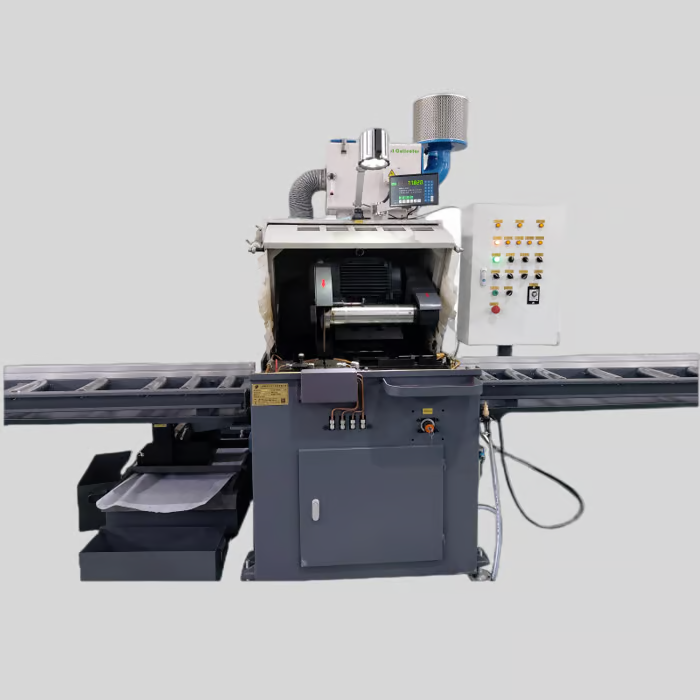Selecting the right linear guide cutting machine involves considering several key points to ensure it meets your specific needs and requirements. Here are the crucial factors to consider:
-
Material Compatibility:
- Types of Materials: Ensure the machine can handle the specific materials of the linear guides you are cutting (e.g., steel, aluminum, composites).
- Thickness and Hardness: Consider the machine’s capacity to cut different thicknesses and hardness levels of the material.
-
Precision and Accuracy:
- Tolerance Levels: Look for machines that can meet the required tolerance levels for your application.
- Consistency: Ensure the machine can consistently produce accurate cuts over long production runs.
-
Cutting Speed and Efficiency:
- Production Volume: Choose a machine that can handle your production volume efficiently without compromising on quality.
- Cycle Time: Evaluate the cycle time of the machine to ensure it aligns with your production schedules.
-
Type of Cutting Technology:
- CNC Machines: For high precision and complex cuts, CNC machines are often the best choice.
- Manual vs. Automated: Decide whether a manual or automated machine suits your needs based on the level of precision required and the complexity of the cuts.
-
Ease of Use and Setup:
- User Interface: A user-friendly interface and easy-to-navigate controls can enhance productivity and reduce training time.
- Setup Time: Consider the time required to set up the machine for different cutting tasks.
-
Maintenance and Durability:
- Build Quality: Invest in a machine with a robust build quality that can withstand regular use and has a long operational life.
- Maintenance Requirements: Choose a machine with manageable maintenance requirements and easily accessible parts for repairs.
-
Cost and Budget:
- Initial Investment: Assess the initial cost of the machine and ensure it fits within your budget.
- Operating Costs: Consider ongoing operating costs, including energy consumption, maintenance, and replacement parts.
-
Safety Features:
- Safety Guards: Ensure the machine is equipped with adequate safety guards and emergency stop features.
- Operator Safety: Look for features that enhance operator safety, such as dust extraction systems and protective shields.
-
Flexibility and Versatility:
- Adaptability: Choose a machine that can be adapted or upgraded to meet future needs or changes in production requirements.
- Multiple Functions: Some machines offer additional functionalities like drilling or tapping, which could be beneficial.
-
Support and Service:
- Manufacturer Support: Opt for a machine from a reputable manufacturer that offers good customer support, training, and service options.
- Warranty and Spare Parts: Check for warranty options and the availability of spare parts.
-
Integration with Existing Systems:
- Compatibility: Ensure the new machine can integrate smoothly with your existing production line or systems.
- Software and Controls: Consider if the machine’s software and control systems are compatible with your current setup.
By carefully evaluating these key points, you can select a linear guide cutting machine that best suits your specific production needs, ensures high-quality cuts, and offers long-term reliability and efficiency.

